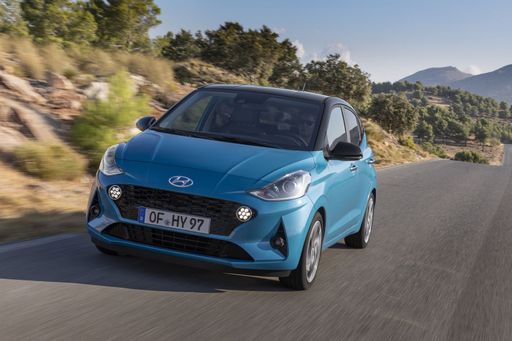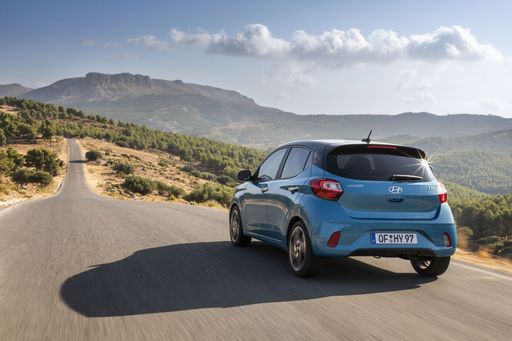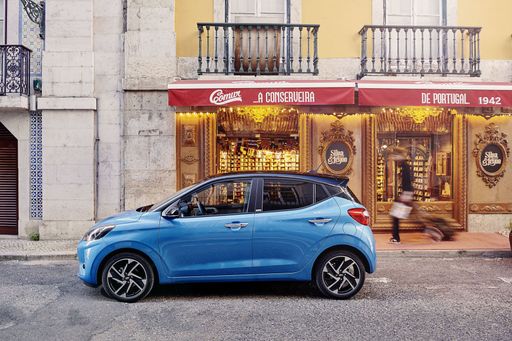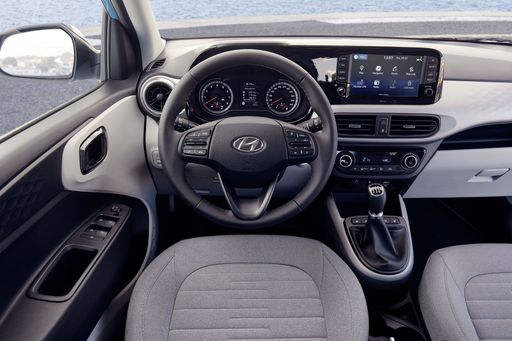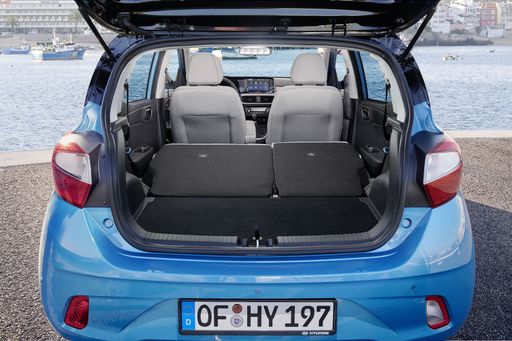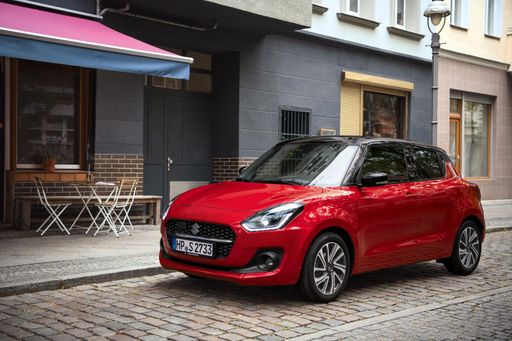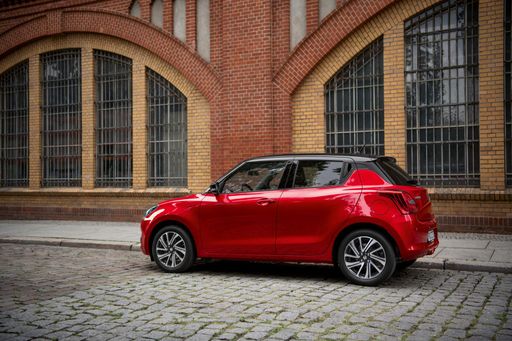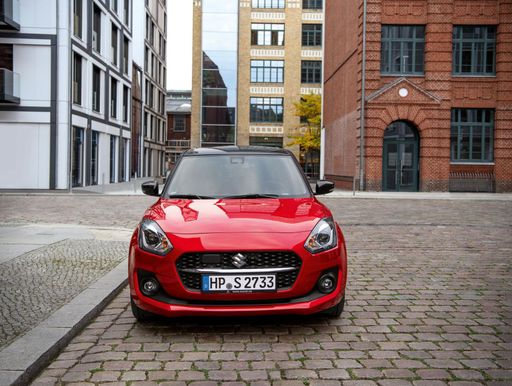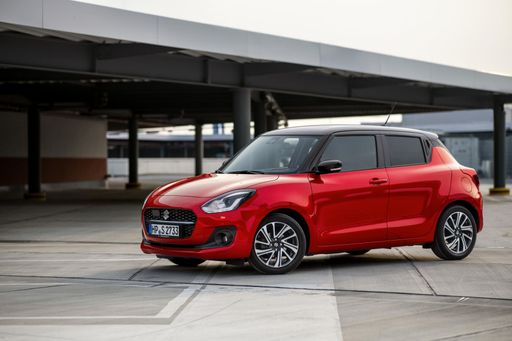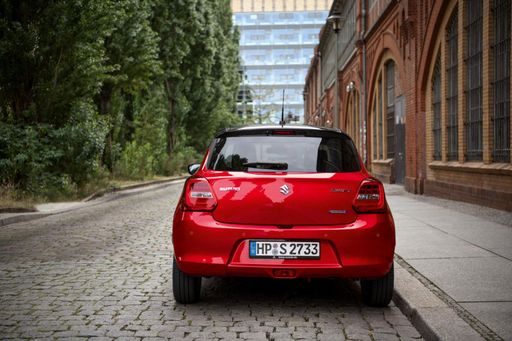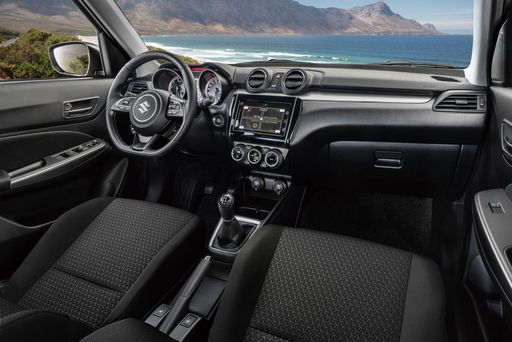Urban Acrobatics
In town, these two little characters couldn't be more different in demeanour: one is all about relaxed confidence and feels like a sensible companion for tight streets, while the other still remembers its sporting aspirations and dances into corners with zest. Steering and responses are tuned to opposite ends of the fun-versus-ease spectrum, so your mood will decide which smile you prefer on your commute. Both make parking a hassle-free task, but they do it with distinct personalities — one that calmly slots in and one that seems to enjoy the game a little more.

